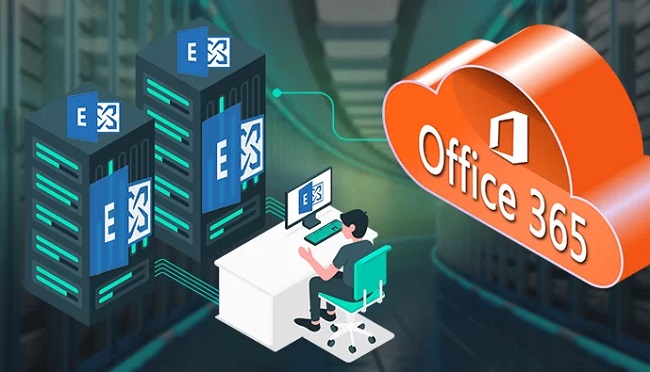Office 365 is a cloud solution provided by Microsoft themselves, and it takes the hassle out of supporting not only email but also apps such as Word for Windows, Excel, and even SharePoint.
Why Migrate To Office 365 Now?
Office 365 Email Migration has become a vital step for the business as Office 365 provides you with many benefits like online access to your email, communication, collaboration, and office web apps.
One PC truism that has stood the test of time is, never to migrate to new Software until it reaches version 3. Well, Microsoft Business Productivity Online Suite unofficially could be called version 1 of Office 365.

Since then, Microsoft has made huge improvements in the reliability of cloud-based Apps, thanks to the release of Office 2010 [version 2], and particularly, Office 2013 [version 3]. Many former skeptics have been converted by the improvements delivered to Office 365 in 2015.
Not only is there a better management interface, but even admins appreciate how the self-service password reset for users will save them time. For enterprise subscribers, there is even an MS Office 365 video portal. Microsoft 365 has recently upped the attachment limit to 150 MB, whether admins will enable this feature for their users, is another matter!
Read Also:
Two Main Reasons to migrate to office 365 are given below-
- Office 365 boost productivity, enabling businesses to work from anywhere and to collaborate and share. What’s more, it’s safe and secure with regular security updates.
- It contains all the Microsoft Tools you’ll be familiar with – Outlook, OneDrive, Word, PowerPoint, OneNote, SharePoint, Microsoft Teams, Yammer, and more. You can access data on Virtual Desktop Cloud wherever you are working and on all your devices – tablet, desktop, and phone.
How To Prepare For Your Microsoft Office 365 Migration?
While your overall email migration plan will depend on the number of staff and the existing version of your Exchange Server, here are some of the common strategies:
-
Cutover Migration
Users go home on Friday leaving their existing in-house Exchange system for the last time. Then when they return to work on Monday morning, thanks to the IT department’s efforts at the weekend, they switch seamlessly to MS Office 365.
-
Staged Migration
Move test users to Office 365, then move the remaining in batches of 2,000.
-
Hybrid Migration
Integrate your Exchange Server with Office 365.
-
Users Import Their Email
This is possible, but I have yet to experience an organization where this is desirable from an IT, or firm management point-of-view.
As usual, Microsoft makes it easy to switch from Gmail and other IMAP systems to Office 365.
How To Setup Office 365?
- Verify your domain.
- Add Users.
- Tell your existing domain provider to switch to Office 365.
- Download and install Office 365 locally on your computer
- Configure Outlook to work with Office 365.
- Import email and contacts
- Set up Office 365 on other devices.

Onboarding
For companies with more than 150 users, Microsoft has a dedicated ‘Onboarding team’, who will assist with deploying the Office 365 services that you need.
As usual, Microsoft provides a range of Office 365 plans depending on whether you are a small Business or an enterprise with more than 300 users.
Read Also:
Conclusion
Migration is a complicated process but you’re in safe hands when migrating to Office 365 with Apps4Rent. They’re Microsoft Cloud partners and have carried out many secure and successful migrations.
Apart from that Apps4Rent even provide top-level Cloud PC Services with 100% assistance and 24/7 support, which makes them the perfect partners to assign for the service.



















